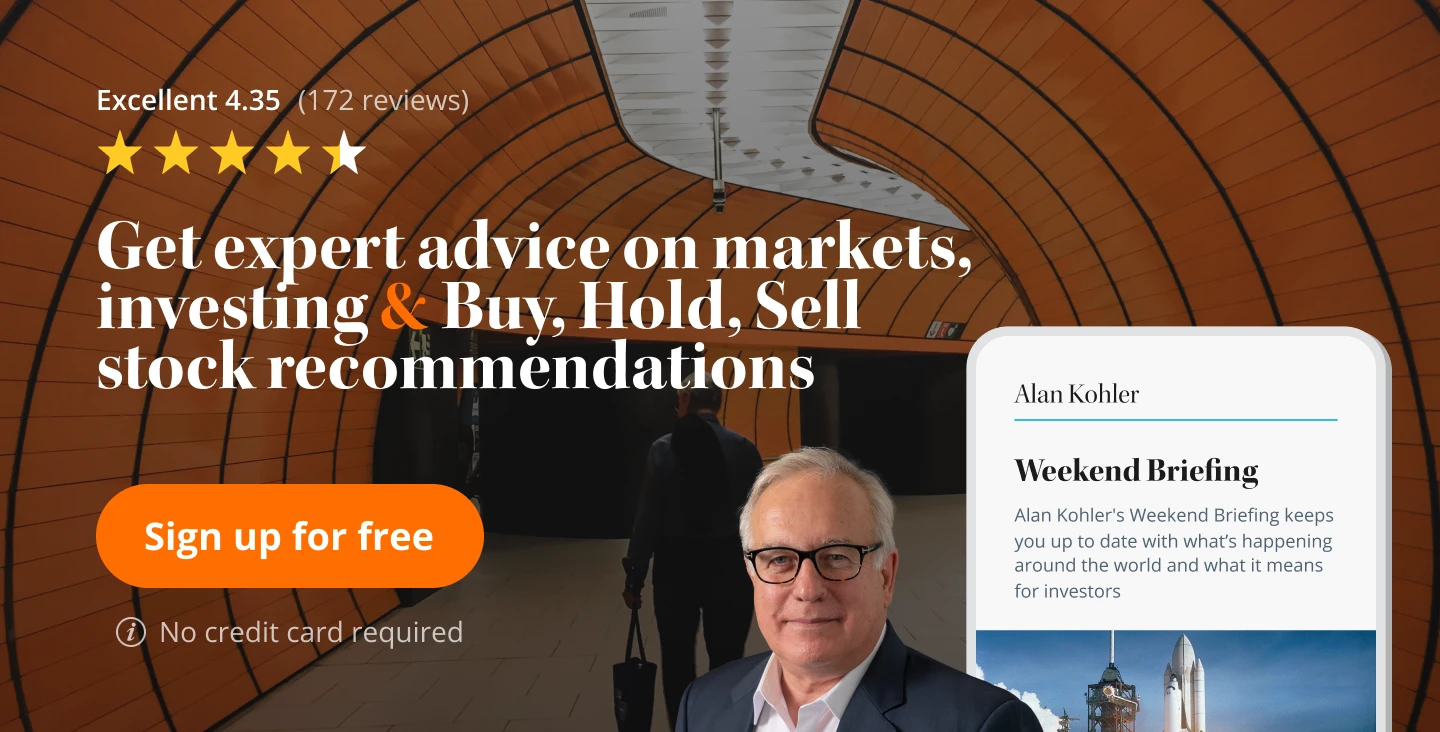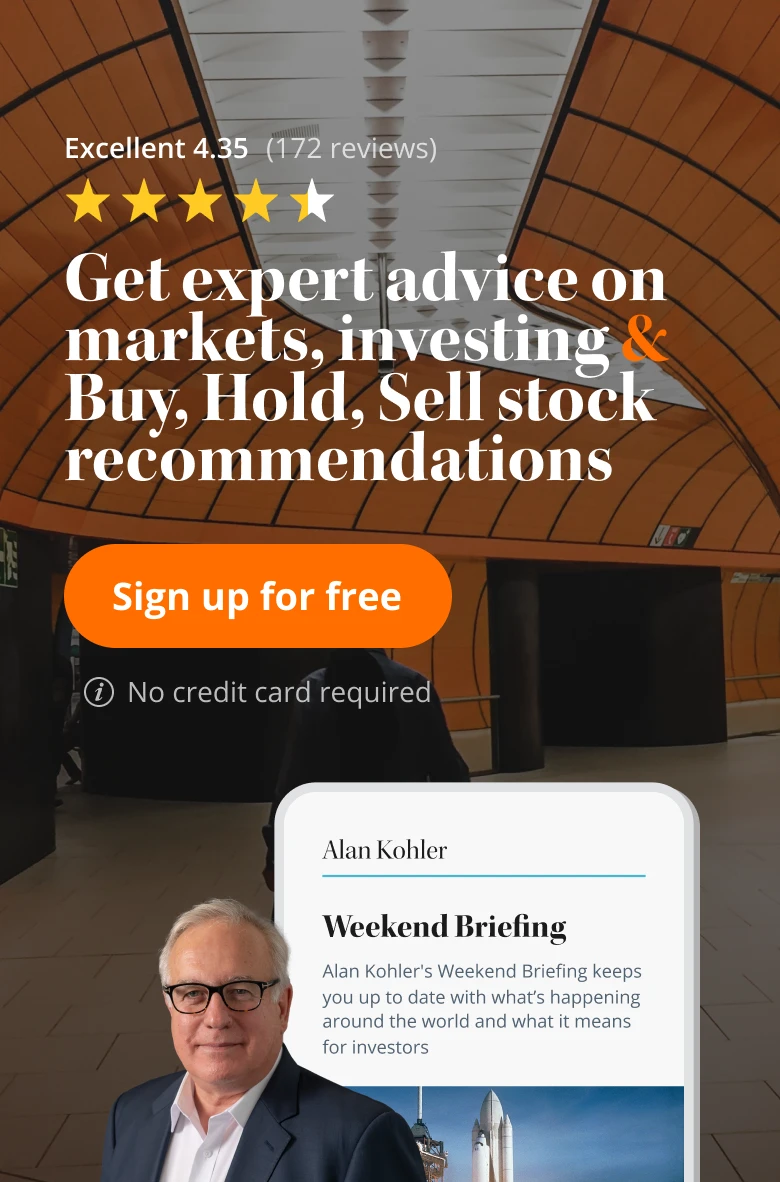How To Choose A Hedge Fund
There are about 10,000 hedge funds operating globally, with $US1 trillion of accumulated assets, and growing at about 20% a year. Even if you strip out double counting for fund of funds and perhaps up to 3000 funds that are “start ups”, how do you choose from amongst the rest?
The plethora of stories on hedge funds, many of which concentrate on the negatives and the industry’s bad apples, are a reminder of what investors should look for when they go about selecting hedge fund exposure. I would start with the Three Ps: performance, pedigree and passion, then move down the list from there. Here are some thoughts on how to choose a hedge fund manager and avoid the more obvious pitfalls.
PERFORMANCE
This is a measurable output. You have to recognise what you are seeking to achieve in your analysis because the past will not necessarily be a guide to future performance. Look at results over three and five years, or even longer. Look at how the investment manager has performed in down periods or through crises. How did they recover from past mistakes? I find it comforting that legendary US investor Warren Buffett underperformed through the dotcom bubble because he stuck to his guns on pricing and valuation issues. It is not simply a case of relative comparisons between investment managers; you have to take into account different strategies, consistency of returns, maximum loss periods (known as drawdown), percentage of winning versus losing months and how the fund has fared against equity and bond markets. Conventional theory has it that hedge funds should do better when the stockmarket is down and less well in a bull market. The analytical data supports this but it is important to remember that although hedge funds may not necessarily be negatively correlated to the market, their returns should be independent of the overall market over longer time periods.
For example, the investment managers listed below have delivered solid real returns with low volatility across various strategies with track records of five years or more.

![]() PEDIGREE
PEDIGREE
For those that know the industry, the pedigree and experience of the investment manager is critical. If the investment manager has 10 years or more investing experience at big firms such as Goldman Sachs or Morgan Stanley, has survived the recruitment and 360-degree evaluation performance reviews for a long period, and can demonstrate an investment track record in his past or present firm, this indicates they can be trusted to manage your money. Even if the pedigree appears sound, reference checking ' asking other people who worked with the investment manager ' is very important. Exaggerated claims of success and resume padding are common. Reference checking means contacting referees nominated by the investment manager and tapping into networks that enable you to verify their pedigree and record.
PASSION AND ENTHUSIASM
The best investment managers love what they do. The most successful have amassed enough wealth that, technically, they do not need to work any more; they have a competitive spirit and are motivated by the intellectual and emotional challenge of being the best, delivering returns way beyond beating an index. Getting a feel for what drives the investment manager means meeting them face to face, and having follow-up meetings because passion can wane over time. The manager is often the principal of the firm, so they have other issues to deal with. How much of their time is spent focusing on the portfolio, compared with investor relations and management issues? What drives them to come into the office each day and do the conference calls across time zones, the company visits across continents, the fundamental analysis and respond to their investors?
If the manager loses this commitment and hunger, it is time to change funds. Some never seem to lose it. Richard Perry at Perry Capital, Warren Buffett at Berkshire Hathaway and Daniel Och at Och Ziff are examples.
SIZE MATTERS
My advice to new investors in hedge funds is to go for managers who have at least $500 million in assets under management. There is no magic number to suggest that, say, $250 million is too small or, for that matter, $15 billion is too big. The questions to ask and things to look for are: does the manager have enough scale to pay and incentivise a high-quality team; do they have adequate risk management and reporting systems; can they shoulder the regulatory overheads such as Securities and Exchange Commission registration and do they outsource to high-quality service providers such as custodians, administrators and accounting and tax advisers? Size is important because if they do not have enough assets under management, the manager may be more tempted to take short cuts, spend too much time on fund-raising or manage for cash flow rather than performance. To keep things in perspective, one of the biggest traditional US fund managers, Fidelity, has about $US1 trillion under management, the equivalent of the entire US hedge fund industry. So too big can also be a deterrent.
Operational risk is highest for new managers. Some sophisticated investors find ground level entry or “seeding” new managers attractive, but it is not something you would recommend to your mother (to borrow a term made recently by a senior Telstra executive). I recommend lower-volatility, proven-formula managers who have done it all before.
CLOSED OR SELECTIVELY OPEN?
Scarcity value can be good marketing in any business; it is a reality in quality hedge fund investing. The best funds are typically “closed” or at best “selectively open”. Whether an investor can prise the window open depends on their perceived quality, the term they plan to invest for (the longer the better), whether they have an existing investment with the manager, and possibly whether they have been given a “warm” introduction. To managers, the most desirable investors are those with endowment money, followed by family office, high net worth individuals and institutional investors. These rankings might appear arbitrary ' and there are shades of grey ' but merely reflect perception of “fast” or “sticky” investors. Typically, with better quality investment managers, there is a pecking order of existing investors taking priority (similar to an entitlements or rights issue), and new investors who have to wait their turn.
The chart below, prepared by KPMG, graphically illustrates the trade off between the “star” managers with limited capacity versus the “wannabes” and “has-beens” who are looking for money

So scarcity does have value, as is starkly illustrated by the consistent underperformance of hedge fund indexes made up of “investable” (open) managers, relative to indexes containing funds that are closed to new investors. The true stars of the investment management industry are probably the top 5% of managers, not the 15% suggested by KPMG.
ALIGNMENT OF INTERESTS
Questions to ask managers include how much of their own money, and that of their key personnel, is included in the total funds under management, and is it on the same terms? It is better to be with a significant boutique than a brand-name large investment banking firm with a faceless investment management team that often changes and where, most likely, you will be the last to know. Staff with options and deferred incentive schemes will be motivated to make money for their investors.
The reason it is important for them to have “skin in the game” is because performance fees create an incentive to take higher risks with other people’s money; they share in the upside but are not hurt by the downside: a classic call option payoff. If they have substantial investments in the fund introduces real downside for the manager and mitigates this risk.
RISK MANAGEMENT AND TRANSPARENCY
Risk can be defined as the potential loss of capital invested. The risk-management tool set encompasses strategy diversification, allocation per manager, number of positions in a portfolio and stress testing. I would prefer to think that risk assessment can be qualitative with a quantitative overlay. An investor that is risk averse will be on the lookout for:
- Prudential risks (integrity checks, internal resources, custody and prime brokerage arrangements).
- Performance risks (associated with issues such as “style drift”, liquidity and transparency).
- Portfolio risk (diversification according to strategy, markets and geography).
- Market risk (outlook for strategies, exposures and foreign exchange).
The collapse of Bayou Capital in August 2005 shows that many people make false statements on their resumes. Proper risk management would also have uncovered that the purported auditor of the fund had resigned from that position two years earlier: a clear red flag. A measure of a risk manager’s quality is how transparently (and how frequently) they disclose their investment and risk management practices to investors.
LEVERAGE
Borrowed money can enhance or exacerbate profits and losses. In certain strategies, such as macro investing, commodities trading and selected arbitrage strategies (including fixed income and convertible arbitrage) there is usually a higher use of leverage. Investors need to understand the difference between internal leverage within a fund and the degree of external leverage used by various managers. A high-quality fund of funds will monitor the leverage levels used by different managers in the same way as they will assess concentration risk, geographic risk, carry out stress testing on a portfolio and calculate maximum loss periods, Monte Carlo simulations and other ratio analysis. This degree of transparency would also be available to investors. It is a further subset of risk management a responsible investment manager will undertake.
AVOIDING CONFLICTS OF INTEREST
Again, recent failures have highlighted several things to look for and avoid, such as:
- Advisors and consultants who recommend clients invest in their own funds management business.
- Fund of funds that attract assets to their own managed funds or a sub-contracted manager.
- Investment banks and prime brokerage operations that recommend their own businesses that generate high trading and, in some cases, a third tier of fees.
- Funds that do not outsource their administration (valuations) to an independent, third-party administrator.
It might appear to be common sense but you would be surprised how often these checks can result in warning signals.
FEES
Fee scales should not be the prime factor in choosing an investment manager. Absolute return funds are more expensive than traditional asset managers and index funds because they are paid to deliver absolute returns, are incentivised to do so and typically manage less money than traditional managers. This is why the “star” managers are closed to new investors and prefer to manage less money so they can deliver superior performance. Typically, they charge non-negotiable annual management fees of 1–2%, and a 20% performance fee. Some funds charge 3/30, 4/40 and 5/44. Imagine the sort of performance record and expectation that is pre-loaded into these fee structures!
Ask managers how they justify these fee levels. I’m reminded of Bill Clinton’s response when asked why he’d had an affair with Monica Lewinsky. “Because I could.” If this sounds too cute, it is merely a reflection of investors chasing superior returns and being prepared to pay for it. A criticism levelled at fund of funds is that you are paying two layers of fees. This is true, but in return there are several benefits, including: access to the managers, manager research, risk diversification and management and lower threshold levels of investment for smaller investors who cannot come up with (in some cases) up to $US25 million minimum investment amounts. The access point is particularly important ' the reality is that, in many cases, new investors will not be admitted to the club unless they pay the entry price.
A prize-winning hedge fund manager, who recently visited Australia, made the comment that traditional asset managers were paid 97% to hug an index and 3% to take active management decisions. Ultimately, an investment of any type should not be dictated by the fees alone; it is just one factor to be considered after you have satisfied yourself on most of the other issues. Other esoteric items to look for in this category are “high water marks” (catch up returns) and “hurdles” (minimum return thresholds), but this is a further level of detail not warranted for discussion here.
SUMMARY
Hedge fund investing with the “star” managers will deliver sustained absolute returns that exceed traditional asset management year in year out. The challenge of choosing who to put your money with remains a constant. If you find it difficult to make this decision, ask a fund of funds manager to make it for you. The old dictum of caveat emptor applies: if you are about to choose a hedge fund, do it with care. This applies across all asset categories and is not unique to hedge funds.
Think of hedge fund investing as an alternative investment strategy that, in essence, is not so different to investing in private equity or direct property. There have been a number of hedge fund failures, but investors with memories can point to a greater number of failures and scandals in mutual funds, corporate Australia and in the bureaucracy. If you choose well, you will prosper.
David Kent is executive chairman of Everest Capital Ltd.
















